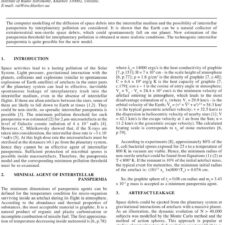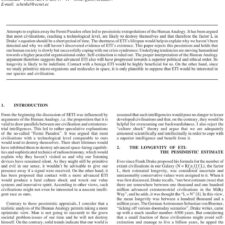A Rationale for Developing an Orbital Materials Processing and Manufacturing Complex (OMPMC) Utilizing Extraterrestrial Materials
£5.00
S. D. Gunn et al. (2019), JBIS, 72, pp.332-341
Refcode: 2019.72.332
Abstract:
Orbital development is expected to evolve from the ISS into tourist hotels then 1st generation orbital manufacturing with spacecraft refuelling, repair and assembly in LEO. Eventually, crippling launch costs will make 2nd generation facilities utilizing extra-terrestrial materials economically attractive. The best location for an orbital materials processing and manufacturing complex (OMPMC) is reported elsewhere and O’Neill’s proposed locations of either the L4/L5 libration points or an unspecified HEO confirmed. However, a final choice must await detailed studies using high-fidelity ephemeris models. Nevertheless, economic, power and safety demands point clearly to a location in HEO beyond the protection of Earth’s magnetic field and drives orbital settlement beyond LEO. Utilizing extra-terrestrial resources, semi-autonomous factories could build large space borne structures at little cost to Earth but with great benefit to an orbital economy. Bennu, the B-type target NEA of the OSIRIS-REx sample retrieval mission could provide raw materials and modelling for returning material to L5 shows a significantly reduced (halved) fuel requirement using an Earth flyby and optimizing return trajectories. A 3rd generation OMPMC co-located with its source NEA eliminates shipping costs for raw materials and, by restricting traffic to Earth encounters minimizes transport time/cost for finished products and people. Many NEAs approach Mars orbit so a redundant accompanying habitat could become a Mars / Earth cycler for transporting many passengers between the planets in comfort and safety. Similarly, deep space capable habitats could open up the solar system to human exploration, exploitation and habitation.





